Today, the words great design brilliantly light the marquee of contemporary life. What is great design? It's a perennial question with no single answer.
Everywhere we turn, we're charmed by the next new design that promises to improve our lives, whether it be a cool running shoe, an energy efficient house or the millions of apps that promise to lighten daily chores. This is all good, but how do we distinguish between good design and great design in the midst of all this "awesomeness?"
In the 1950s, legendary industrial designer Henry Dreyfuss, designed products that defined America's domestic landscape. He once proposed a simple five-point formula for measuring great design that he illustrated with a graphic of the hand. He could have used another digit but his idea was simple, clear and memorable.

As a practicing graphic designer I define great design by determining the difference between what might simply be a fashionable trend from work that might have a profound effect on our culture.
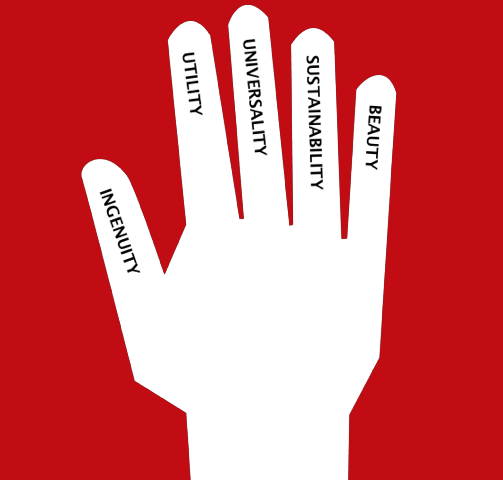
Using Dreyfuss' structure I look for beautifully smart design that serves many people without harming the planet. It's a tall order that is often compromised by a commercial imperative. However, the LifeStraw, a water purification device serves the common good and exemplifies these principles.

Every designer intuitively knows their equation for great design -- it's something they feel and it drives their work. Do designers share similar beliefs? Do they measure results differently depending on their design discipline?
I decided to ask three internationally respected design leaders what their measurement for great design might be:
Craig Dykers: Architect
 As Co-Founder and Principal of the international architectural firm, Snøhetta, Craig Dykers finds the real thrill of his work is all in the questions. When discussing his impressive portfolio of projects around the world, ranging from the 9/11 Memorial Museum in New York City to the Alexandria Library in Egypt, Craig emphasizes the key to evaluating a finished piece isn't in post-occupancy efficiency reports, but in the questions that each building answers.
As Co-Founder and Principal of the international architectural firm, Snøhetta, Craig Dykers finds the real thrill of his work is all in the questions. When discussing his impressive portfolio of projects around the world, ranging from the 9/11 Memorial Museum in New York City to the Alexandria Library in Egypt, Craig emphasizes the key to evaluating a finished piece isn't in post-occupancy efficiency reports, but in the questions that each building answers.
So what is he looking for? Simply put, an architectural solution that embodies "democracy, complex social conditions, and movement." Expanding on that Craig explains, "Democracy is sometimes messy, but so is the process of design."
In his work, Craig encourages dynamic social interaction enabling a visitors' movement in the space. "Through design, we can free others, and emancipate social diversity."
Dyker's examples of great design are strikingly similar visually, but completely different in how they function. The Taj Mahal, located in Agra, India, the Hagia Sophia which sits in the shadow of Istanbul's famed Blue Mosque and the Capitol Building in Washington D.C.
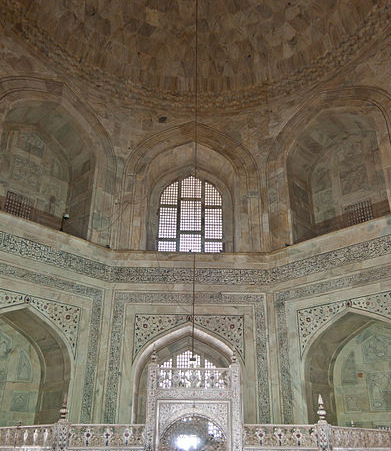

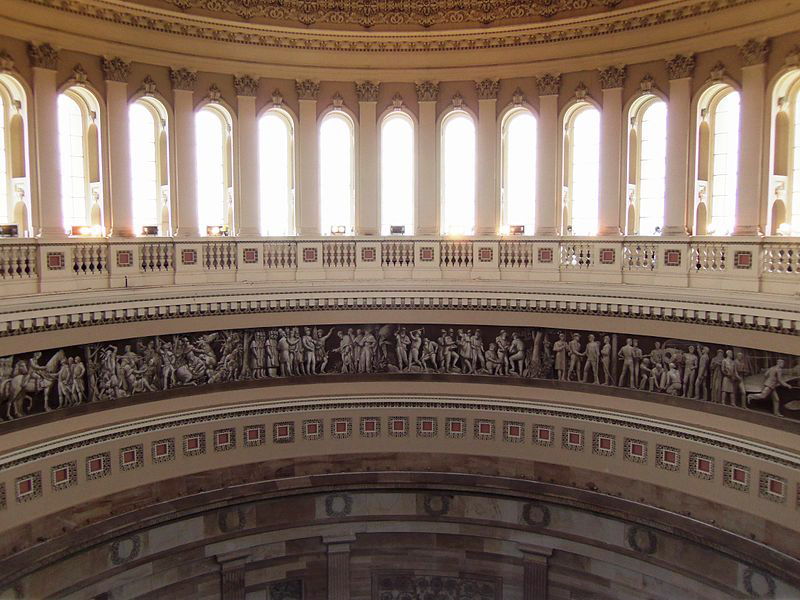
From his own portfolio the National Ballet and Opera, located in Norway models his central beliefs. "The architecture encourages ownership," he explains. "Performance is inspired on and off stage with a community created by the design of the space."
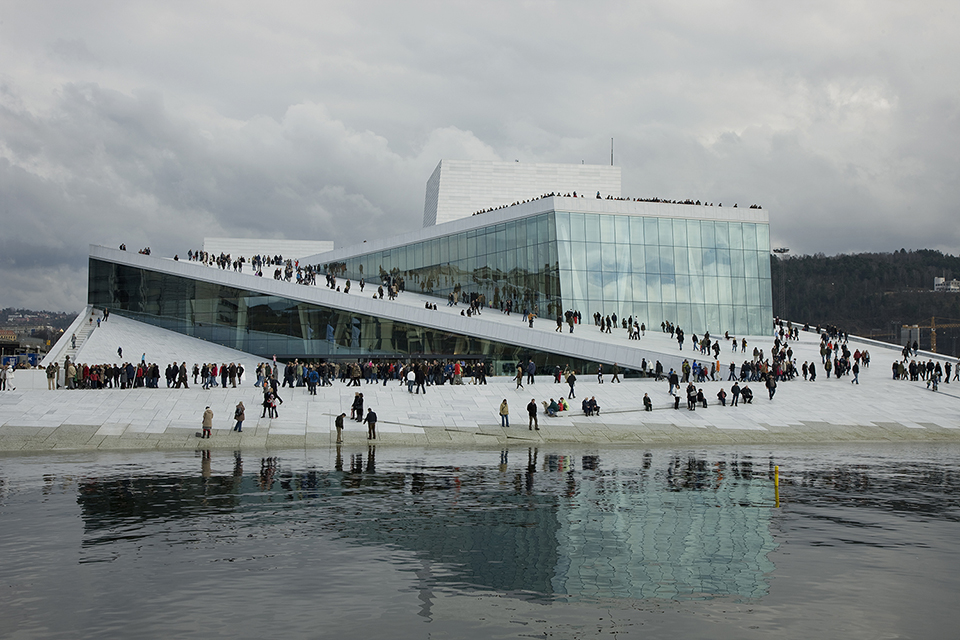
Eileen Fisher: Clothing Designer
 The differentiation between a fashion vs. clothing designer is one Eileen Fisher is quick to make. The celebrated designer is not out to define the trends, but to create work that compliments a way of life. Her iconic line of clothing draws from international cultural models with a sense of utility, and flexibility.
The differentiation between a fashion vs. clothing designer is one Eileen Fisher is quick to make. The celebrated designer is not out to define the trends, but to create work that compliments a way of life. Her iconic line of clothing draws from international cultural models with a sense of utility, and flexibility.
Eileen believes great design conveys the soul or essence of an idea through its form. "Design captures a visual power, through a process of discovery and uncovering" she explains. Eileen envisions a piece then intuitively embeds these ideas into her work.

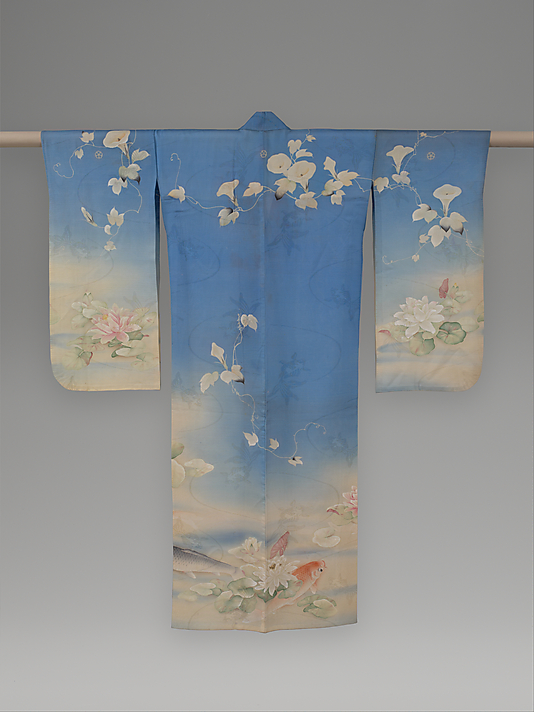
Examples as broad as the Aeron chair and the Japanese Kimono embody Fisher's parameters for great design. "The Aeron chair is designed for the human being, in how it works and moves." To Eileen a sense of ownership and simplicity both inform great design. "Great design really has to work" Eileen explains, " It's not good enough to be beautiful."


Eileen's shift dress, as well as the box top, have both been tweaked and explored in shape and material through the years. Planned obsolescence is more common than not these days, and "throwing design" as Eileen puts it, is more about designing things for the moment, not a way of life. Eileen's work seeks to "find a place in a culture, to be pieces you want to live in."
Sir James Dyson: Industrial Designer
 Similar to Eileen's sensibility, the industrial designer Sir James Dyson, creator of the innovative Dyson vacumn cleaner, surprisingly plays down aesthetics.
Similar to Eileen's sensibility, the industrial designer Sir James Dyson, creator of the innovative Dyson vacumn cleaner, surprisingly plays down aesthetics.
"For me, great design is about how something works, not how it looks. A product is only truly beautiful when it works properly. The best designs come from questioning everything -- seeing something different and envisioning how to make it work."
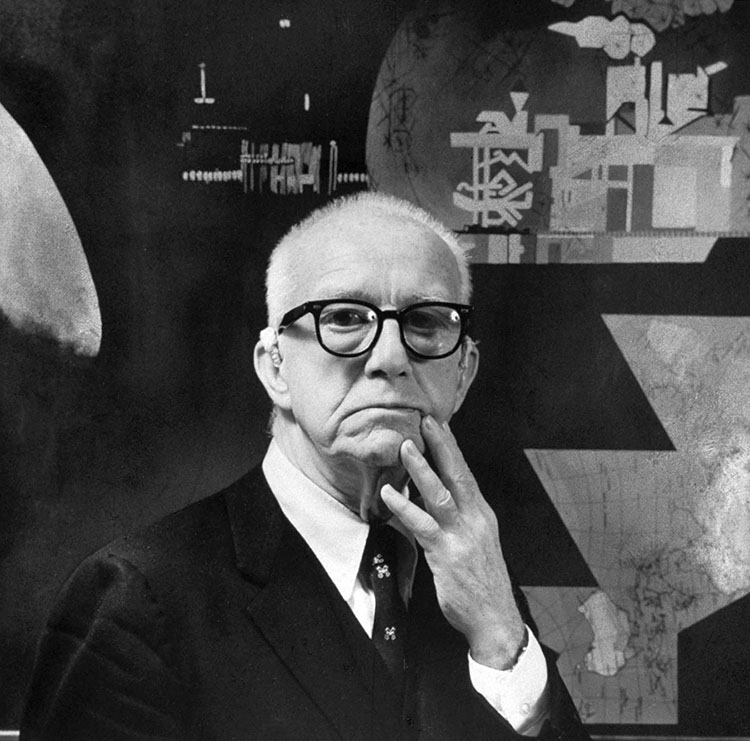

This sense of drive served Dyson well in the design of his first vacuum cleaner which required 5,127 prototypes before it was perfected. "After 15 years of fist pounding failures, I'd developed the first bagless vacuum cleaner -- one that wouldn't lose suction. I look at things and wonder if they could be made better, even if it takes 5,126 failures."
Consumers pull the lever of business, putting design in motion with corporate leaders and brand managers at the helm. Great design might be in the eye of the beholder but from the perspective of these three seasoned experts, a model emerges to explore your own beliefs.
How does your definition of great design measure up?